Future Dodges Set To Feature Advanced Rolling Launch Control System
FCA US Awarded Patent For Innovative Rolling Launch Control System...
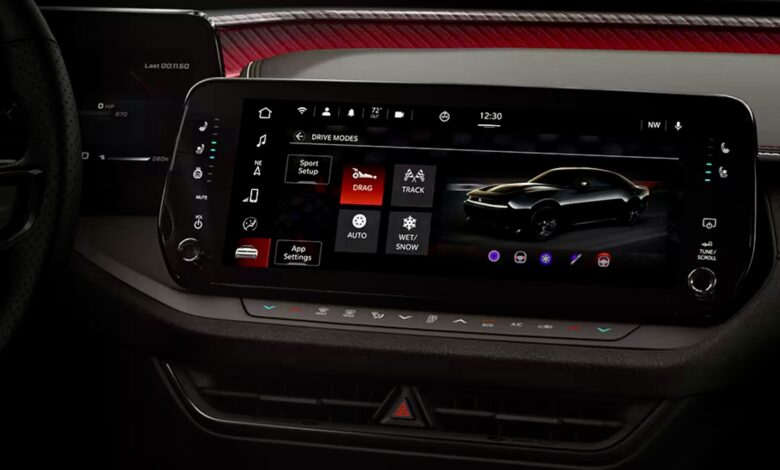
Stellantis (FCA US, LLC) has been awarded a patent for what appears to be a groundbreaking rolling launch control system, poised to enhance the new generation of e-muscle cars, muscle cars, and high-performance vehicles. This innovative technology aims to improve vehicle acceleration from a rolling start, particularly in racing scenarios, offering a more controlled and powerful launch.
Understanding the Rolling Launch Control System –
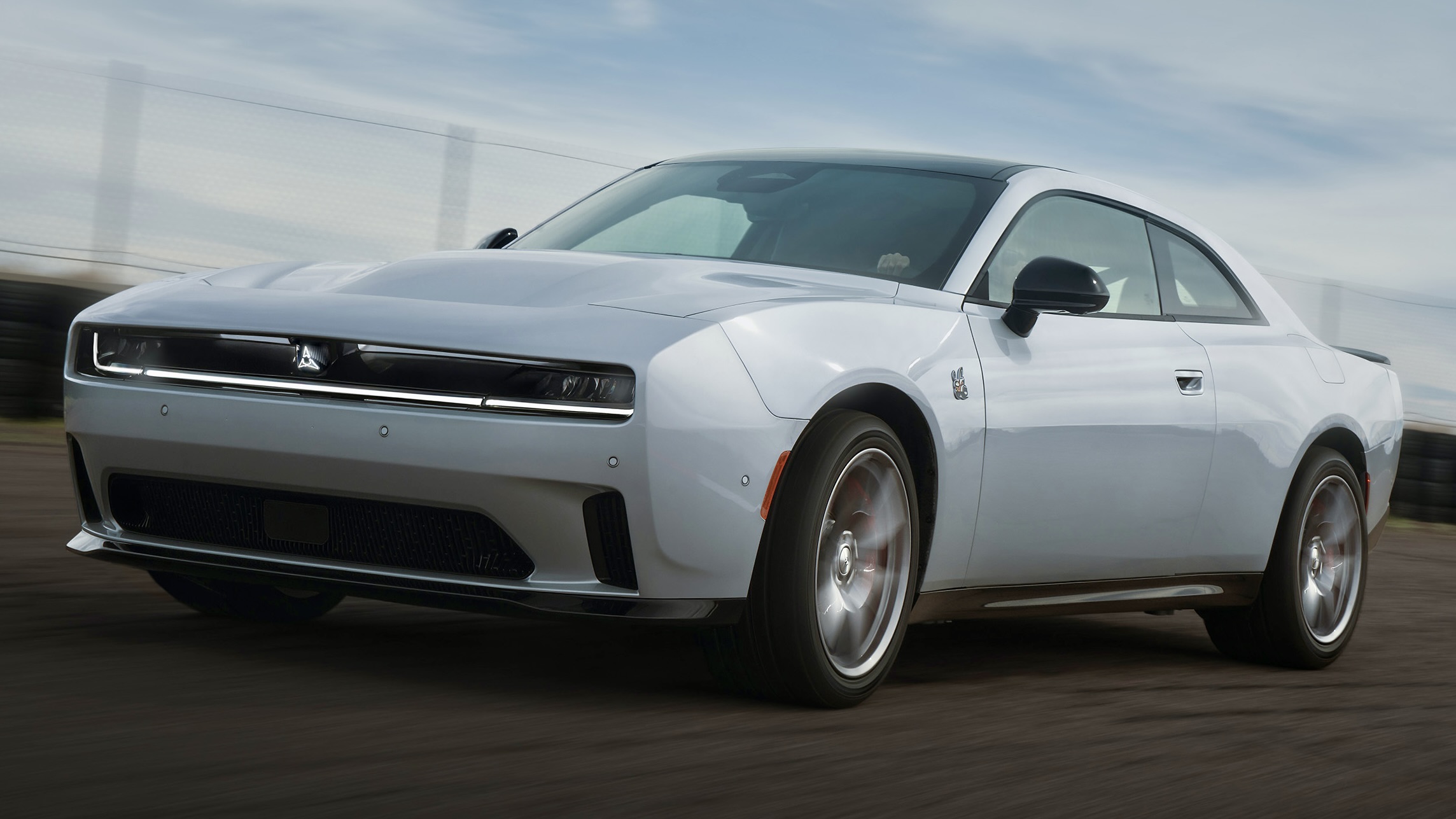
The rolling launch control system integrates a variety of advanced components and technologies designed to optimize vehicle performance during rolling drag races. Key features of this system include:
- Data Collection Devices: These devices play a crucial role in gathering essential information, including the vehicle’s current speed, throttle position, and road conditions. This data ensures that the system can make informed adjustments in real time, enhancing the vehicle’s performance and stability.
- Controller: Acting as the system’s central processing unit, the controller manages the vehicle’s powertrain. It maintains the desired start speed until the race begins, ensuring the vehicle remains in optimal performance mode. Additionally, the controller continuously evaluates a range of parameters to adjust settings dynamically based on the gathered information.
How the System Works –

The rolling launch control system is designed to be intuitive and enhance the driver’s experience. Here’s an in-depth look at how it functions:
- Driver Preparation: The process begins with the driver setting a start speed for the rolling drag race. This speed can be provided by the driver directly or communicated from another vehicle participating in the race. Notably, the system can accommodate a start speed of 40 mph (approximately 64 km/h), allowing for an exciting and competitive launch environment.
- Maintaining Speed: Once the desired start speed is established, the controller engages the powertrain, ensuring the vehicle maintains this speed consistently. This feature allows the driver to focus on other aspects of the race, such as positioning and strategy, without the distraction of monitoring speed.
- Parameter Adjustments: The system continuously evaluates various parameters that can influence vehicle performance. These may include:
- Powertrain Settings: Adjustments to engine output and torque delivery based on the current speed and road conditions.
- Driveline Settings: Optimization of driveline components to improve traction and reduce wheel spin, which is critical in a racing environment.
- Suspension Settings: Fine-tuning of suspension stiffness and damping to enhance vehicle stability and responsiveness during acceleration.
- Real-Time Feedback: The rolling launch control system operates with real-time feedback mechanisms, allowing it to adapt quickly to changing conditions. For instance, if the road surface is slippery or uneven, the system can modify the traction control settings to prevent loss of grip.
Activation of the System –
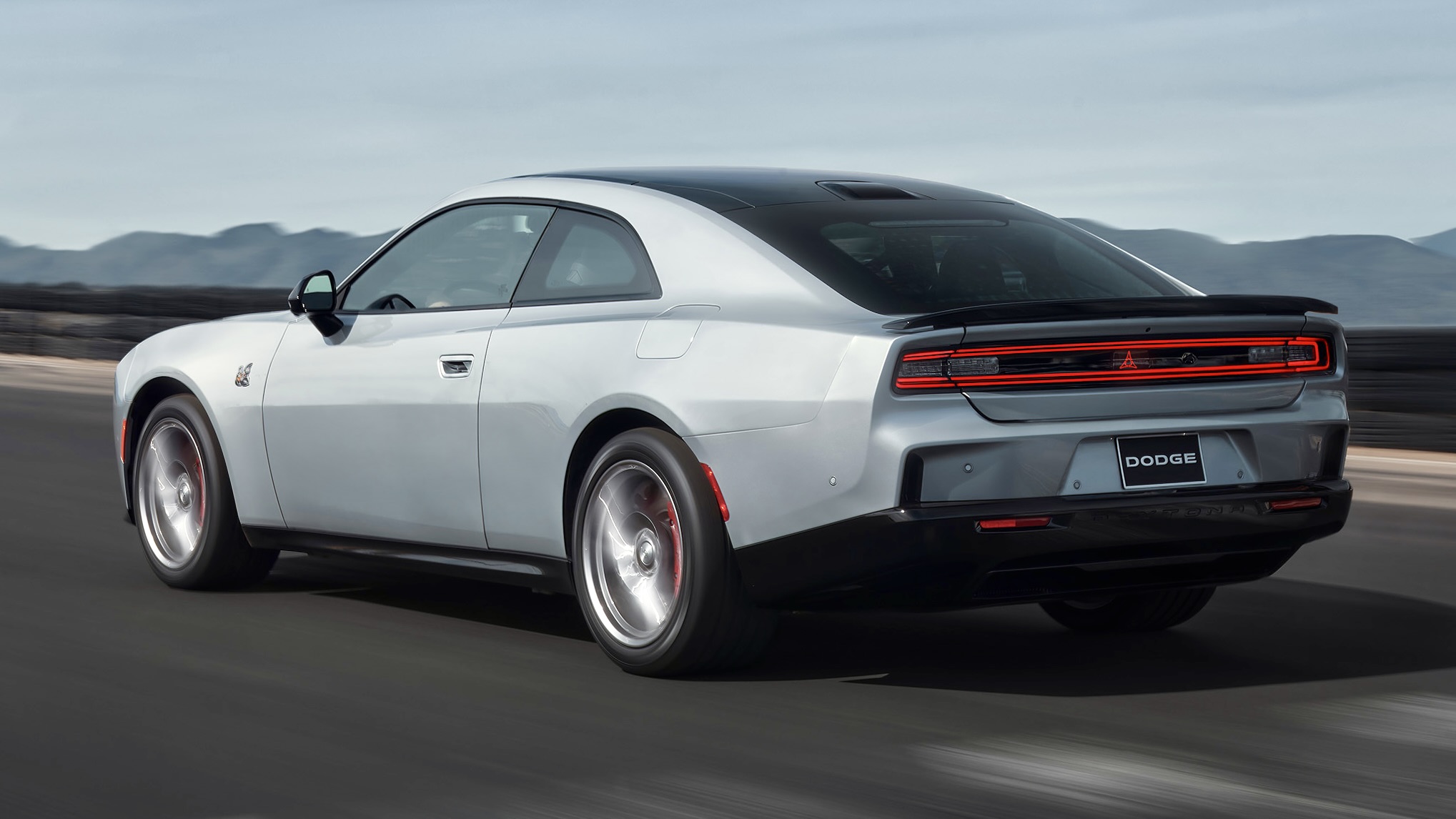
Activating the rolling launch control system is designed to be user-friendly while providing a robust response. Here’s how the process typically unfolds:
- Driver Input: The driver signals their readiness by fully depressing the accelerator pedal, indicating a commitment to the launch sequence. This step is crucial as it informs the system that the driver is prepared to engage.
- Paddle Shifter Input: If equipped with paddle shifters, the driver may hold one of the shifters to confirm their readiness for launch. This dual-input method (accelerator and paddle shifter) ensures that the driver is actively engaged in the process.
- Start Signal: The controller awaits a start signal, which can be generated automatically if the vehicle is designated as the starter or flagger for the race. When the vehicle is the starter, the system is designed to output the start signal through three successive honks of the vehicle’s horn, clearly indicating to all participants that the race is about to begin.
- Launch Execution: Upon receiving the start signal, the controller disengages the maintained speed and executes the launch. The vehicle accelerates seamlessly with full power delivered through the optimized powertrain and driveline settings. This ensures a smooth transition from a rolling start at 40 mph to rapid acceleration, significantly enhancing performance and driver experience.
- Post-Launch Adjustments: After the launch, the system continues to monitor and adjust vehicle parameters to maintain optimal performance throughout the race. This adaptability can provide a competitive edge, especially in dynamic racing environments.
Potential Applications and Future Impact –
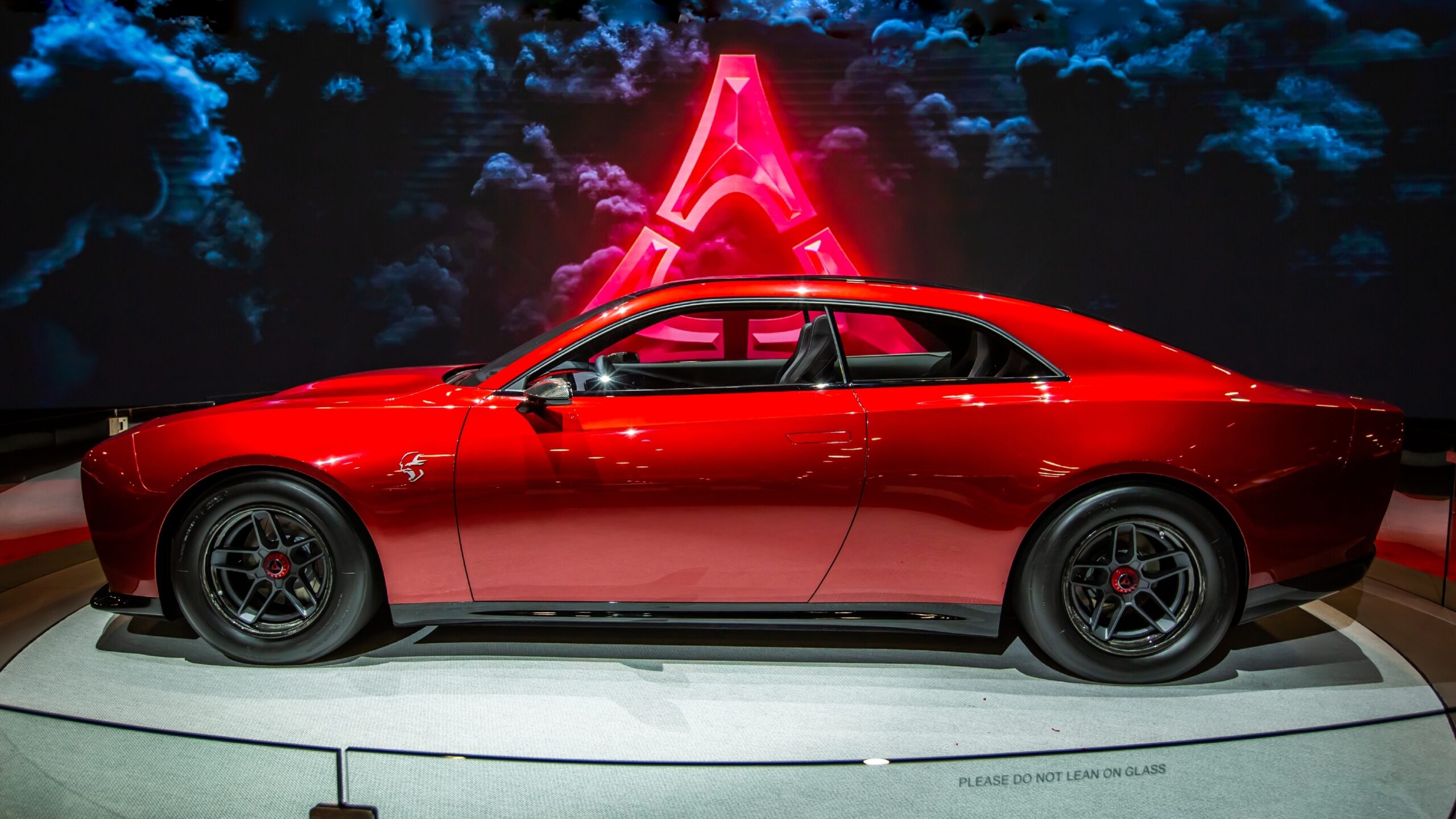
Stellantis’ rolling launch control system has potential applications beyond traditional muscle cars and performance vehicles. The technology could also be integrated into various models across their brands, enhancing both performance and user experience in everyday driving scenarios.
- Electric and Hybrid Vehicles: With the growing popularity of electric vehicles (EVs) and hybrids, the rolling launch control system could be particularly beneficial. EVs often deliver instant torque, and combining that with this launch control system can maximize acceleration and responsiveness.
- Turbocharged Application: This system could also help with turbocharger lag during rolling starts.
- Safety Features: In addition to performance enhancements, the system’s ability to adjust parameters based on road conditions can improve safety. The rolling launch control system can help mitigate the risk of accidents during high-speed maneuvers by optimizing traction and stability.
Stellantis’ new rolling launch control system represents a significant advancement in automotive technology, especially for enthusiasts and racers. This system enhances the racing experience and improves vehicle dynamics by providing precise control and optimized settings. As the automotive landscape evolves, innovations like this underscore Stellantis’ commitment to advancing performance and driver engagement in their vehicles.
With this patent secured, Stellantis fans can look forward to seeing how this cutting-edge technology will be integrated into future e-muscles, muscle cars, and other performance vehicles, potentially redefining standards for acceleration and control in the segment.

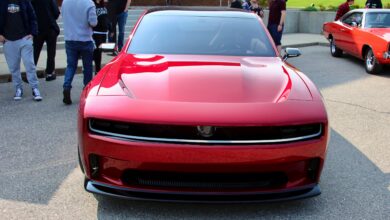

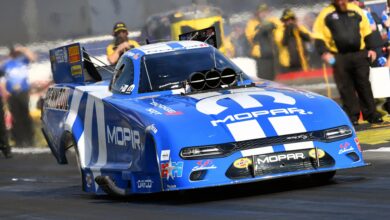
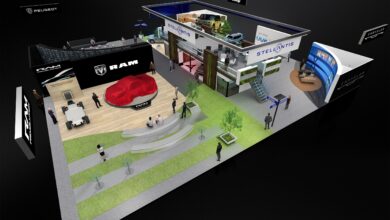

6 replies
Loading new replies...
Join the full discussion at the Mopar Insiders Forum →